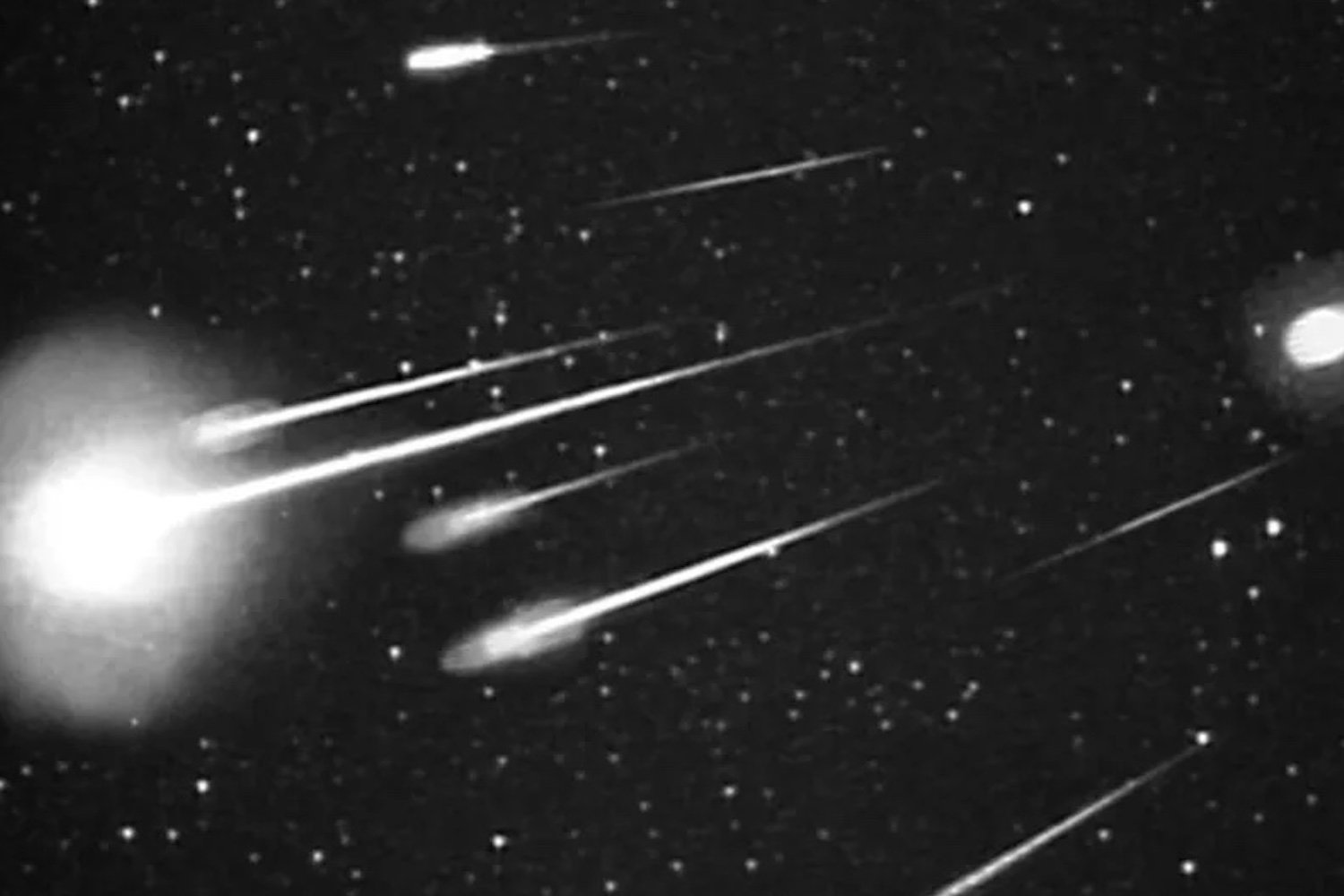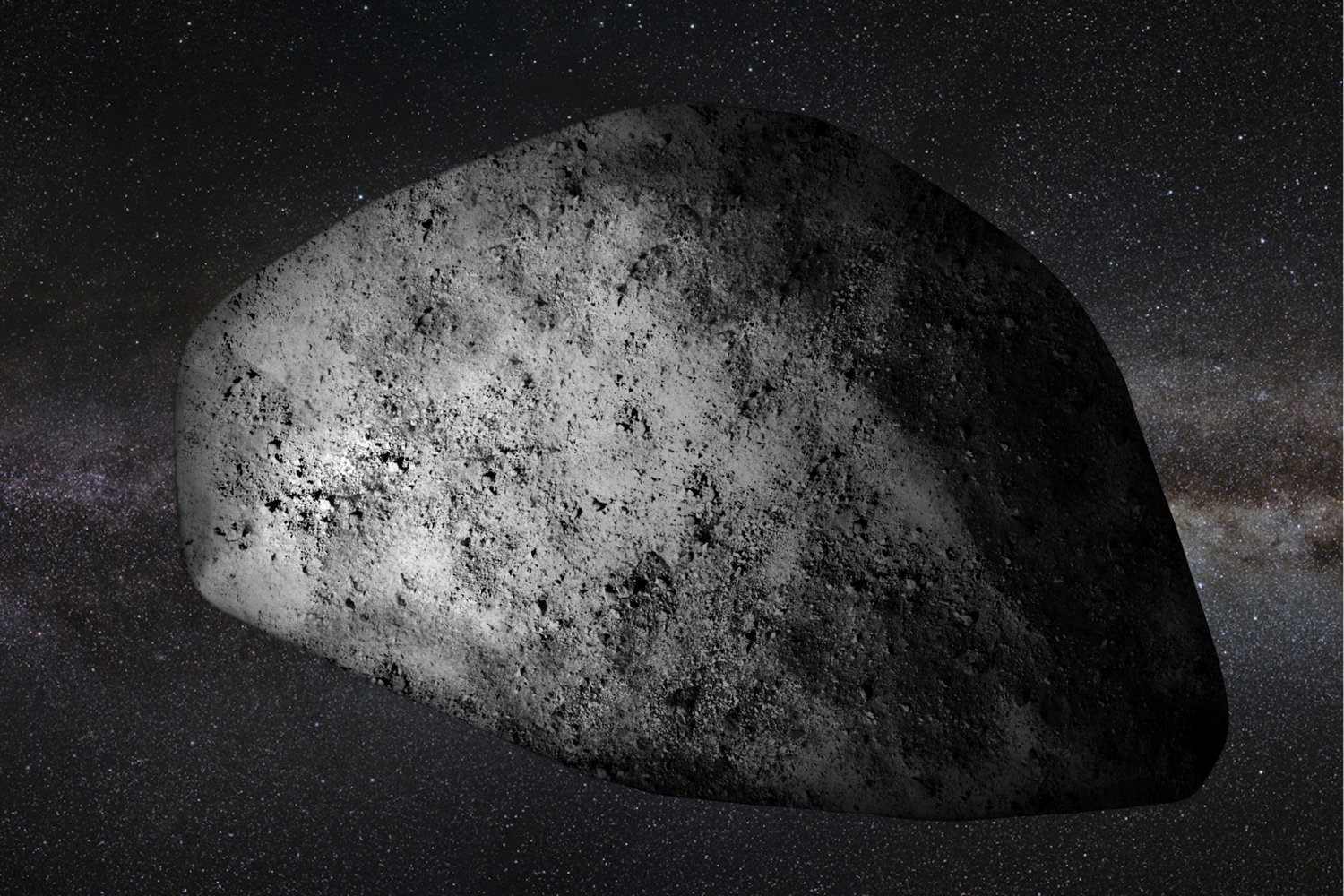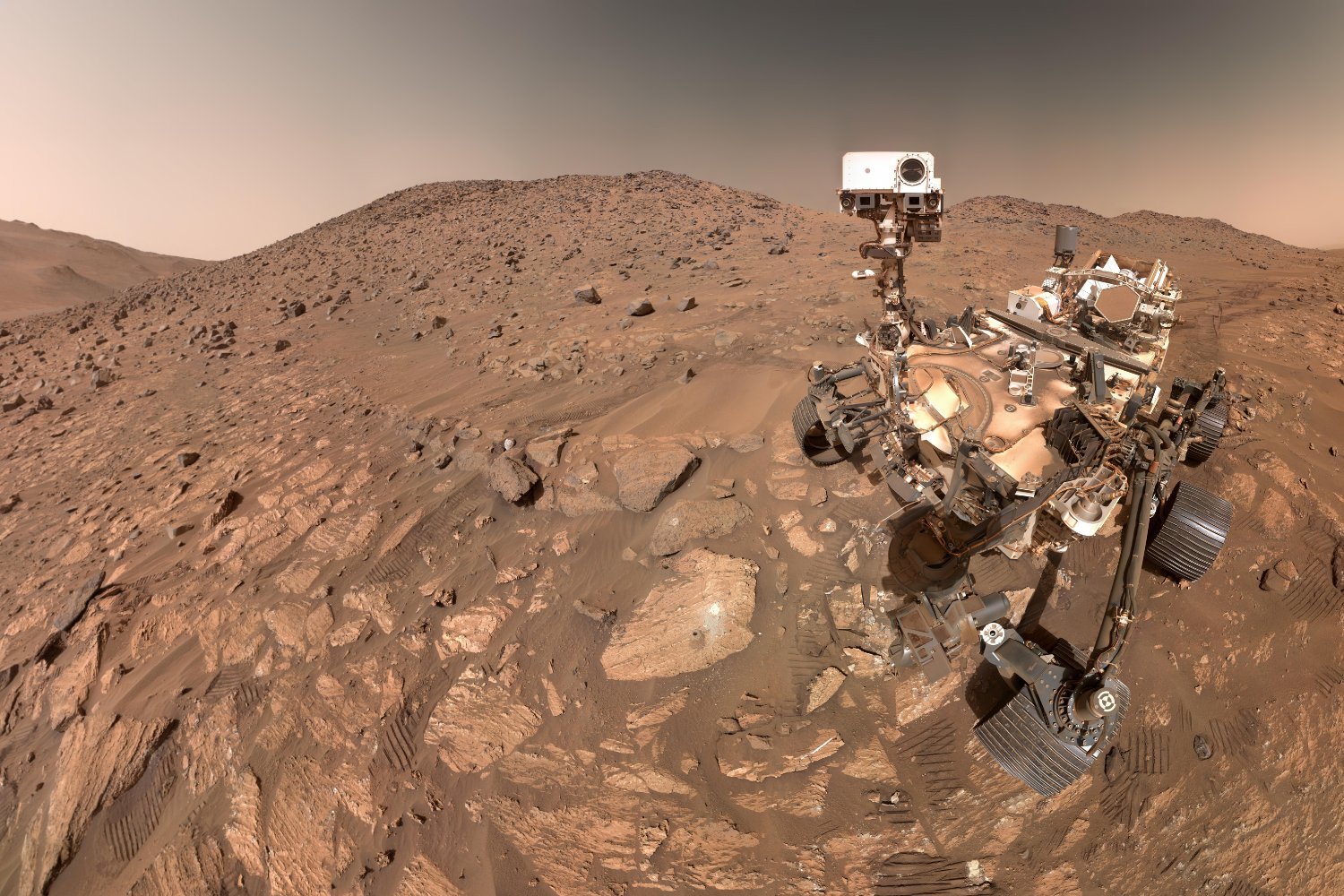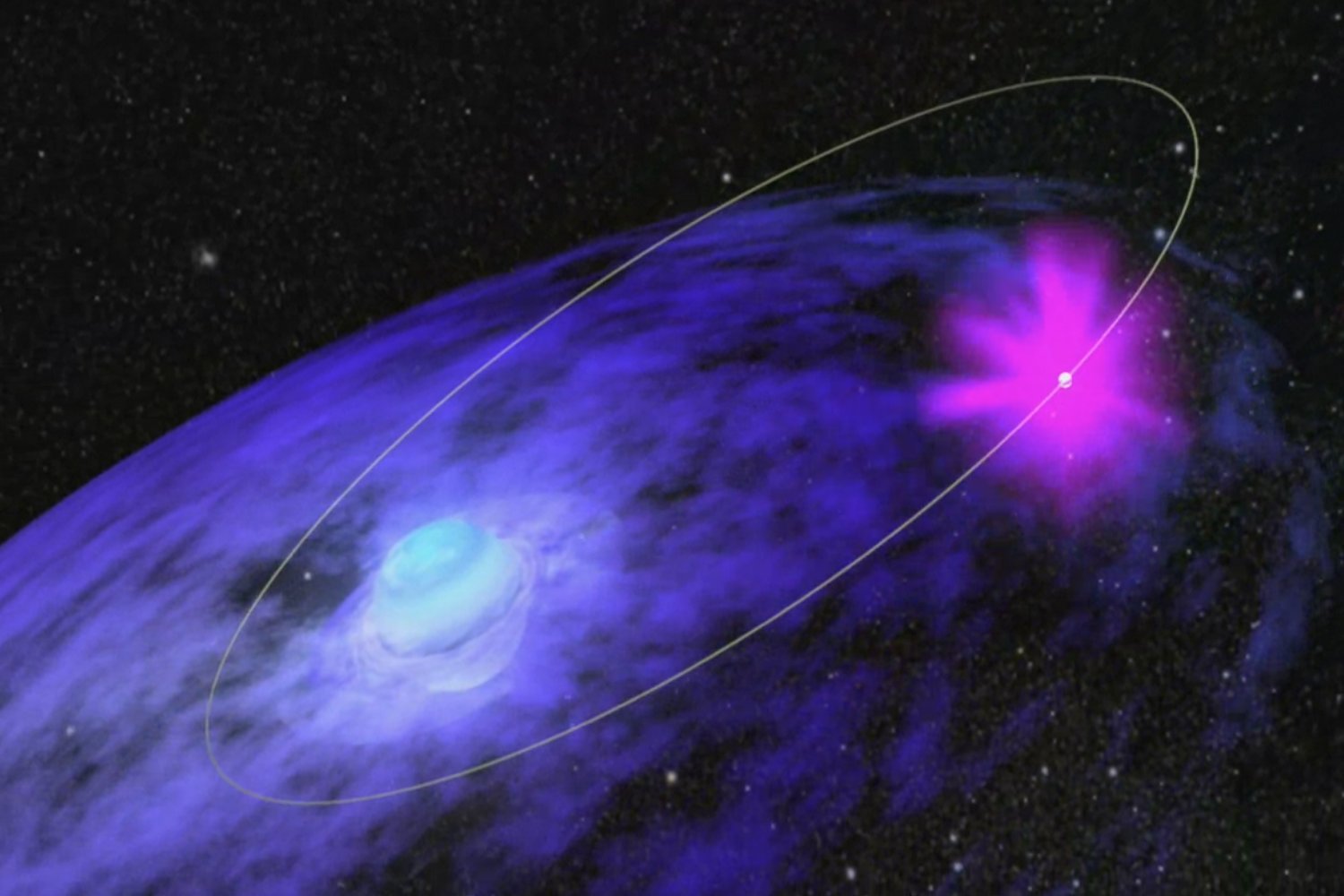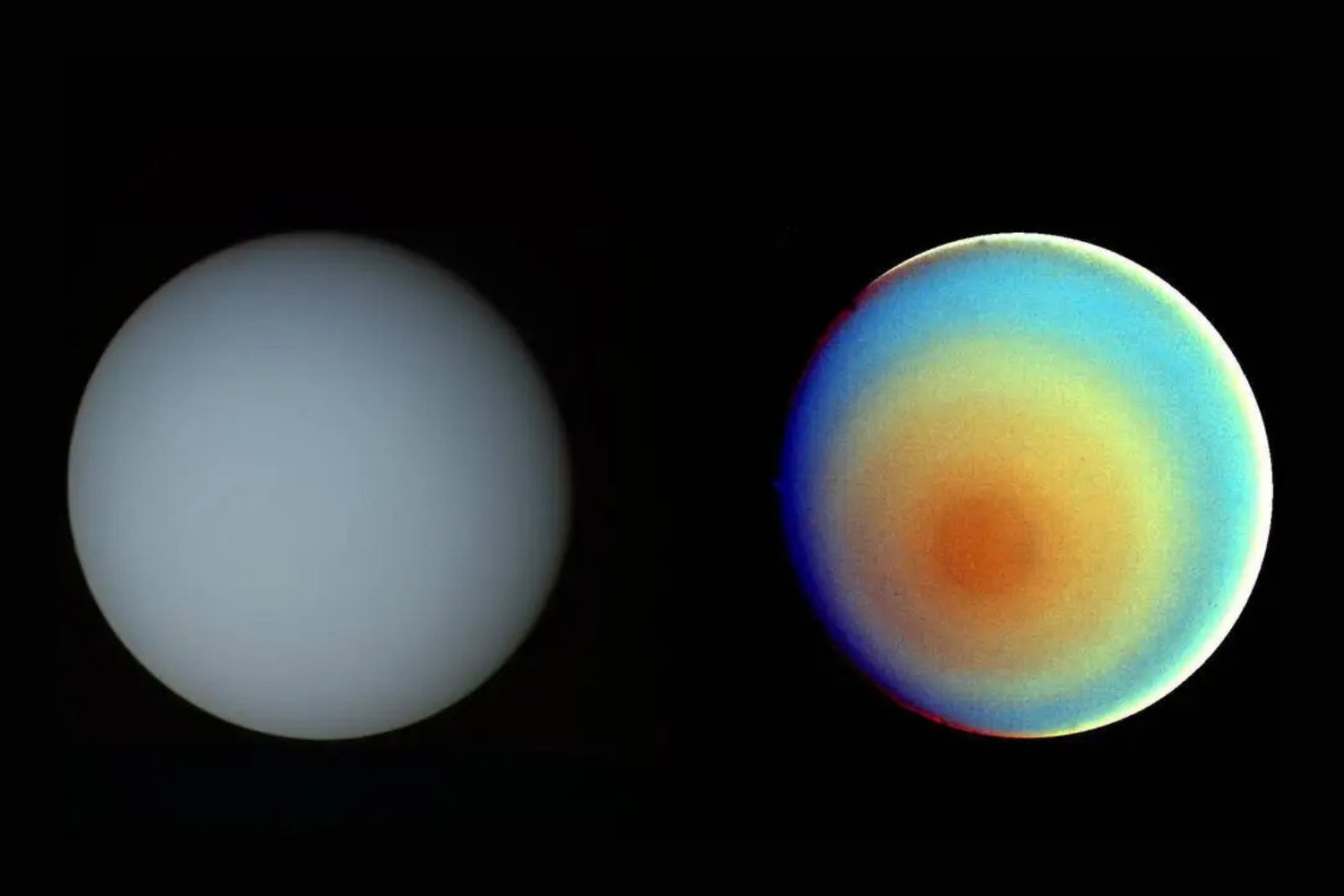The Leonid meteor shower, known for its vibrant and bright meteors, will grace the night sky this November. This celestial display, caused by debris from Comet 55P/Tempel-Tuttle interacting with Earth’s atmosphere, offers a captivating spectacle for skywatchers.
The Leonids will be active from November 3rd to December 2nd, with peak activity expected around 1 a.m. ET on November 18th, according to EarthSky. The best viewing opportunities will be from the night of November 17th through the dawn of November 18th.
Viewing Tips for the Leonid Meteor Shower
For optimal viewing, head outside after midnight, with the best viewing just before sunrise. The Leonids are visible across the entire sky, so you don’t need to face a specific direction. Interestingly, it’s actually recommended to look away from the radiant point, which is the constellation Leo. Looking directly at Leo will make the meteors appear shorter; shifting your gaze slightly will allow you to see the Leonids in their full, streaking glory.
No special equipment is required to enjoy the show. Binoculars and telescopes are not necessary. Find the darkest location possible, away from city lights. If you’re in an urban area, a rooftop might offer a better vantage point.
The Impact of the Moon on Leonid Visibility
This year, the full moon peaks on November 15th, just a few days before the Leonid meteor shower peak. The waning gibbous moon will still be bright during the peak viewing period, potentially making it slightly more challenging to see the fainter meteors. However, the Leonids are known for their bright fireballs, which should still be visible despite the moonlight.
Understanding Fireballs and Earth-Grazers
The Leonids are renowned for their brilliant fireballs and earth-grazing meteors. Fireballs, originating from larger pieces of cometary debris, create spectacular explosions of light and color that last longer than typical meteors. Earth-grazers, skimming the Earth’s atmosphere, often display long, colorful tails. These meteors are incredibly fast, traveling at speeds of 44 miles (71 kilometers) per second, making the Leonids one of the fastest meteor showers, according to NASA.
The Origin of the Leonid Meteor Shower
Meteor showers occur when Earth passes through the debris trail left by a comet or asteroid. As comets approach the sun, they shed dust and particles, creating a tail. The Leonids originate from Comet 55P/Tempel-Tuttle, which orbits the sun every 33 years. This comet, discovered by Ernst Tempel and Horace Tuttle in 1865 and 1866, measures approximately 2.24 miles (3.6 kilometers) across.
Leonid Meteor Storms: A Rare Spectacle
Approximately every 33 years, when the Leonid meteor shower coincides with Comet Tempel-Tuttle’s closest approach to the sun, a Leonid meteor storm can occur. During these storms, observers can witness hundreds or even thousands of meteors per hour. The last significant Leonid meteor storm occurred in 2002, with rates of 500 to 1,000 meteors per hour. While a storm is not predicted for this year, the Leonids promise a captivating display nonetheless. So, step outside, look up, and enjoy the celestial fireworks.



